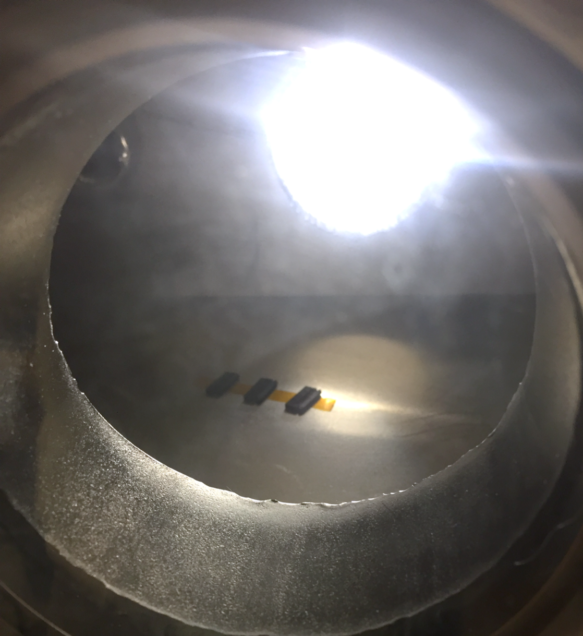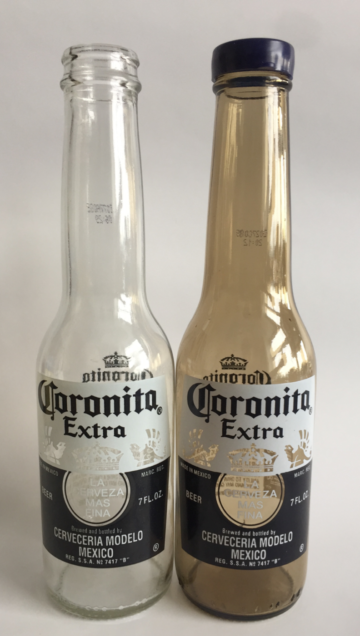Why Space Parts are Different than Earth Parts
It is pretty common in the satellite field to hear, “that costs how much!?” Generally speaking, space grade parts cost more because of the effort required to minimize the risk of failure. On Earth, an inexpensive part could fail, but could be replaced (with some frustration of course). On orbit, the failure of an inexpensive part could terminate the mission of a spacecraft.
The environment outside of Earth’s atmosphere is not as friendly as it is down here. There are many differences in the environment, creating different results in how a part performs. Below are some notable environmental challenges that space parts, and satellites like CuPID for that matter, must survive in.
Vacuum (not like the kind in your house)
Outside of the Earth’s atmosphere is the so called ‘vacuum of space’. This creates a problem of off-gassing. Materials, when they no longer have an atmosphere keeping trapped gasses inside the material, release these gasses. Sometimes large percentages of the mass of a material can be removed from a part simply by being in a vacuum! CuPID, because of its optical science mission, has strict off-gassing requirements such that any released gasses do not obscure the imaging detector. Off-gassing happens here on Earth too, but to a lesser extent, like the “new car smell”.

Three inexpensive connectors being tested for off-gassing properties in a vacuum chamber at Boston University. The mass loss from off-gassing is found by measuring the mass of the connectors before and after being exposed to a vacuum environment.
The hot side and cold side of Earth
In a particular orbit, a satellite can experience total sun, and total eclipse. When a satellite is between the Earth and the Sun, it heats up, and when in the shadow of Earth, it cools down. CuPID has been designed to live in a temperature environment of -35°C to 70°C (-31°F to 158°F). That is colder than a freezer and hotter than a hot tub! CuPID will orbit Earth once about every hour and a half, meaning the satellite will be in an environment that will change by nearly 2°F every minute!
Radiation, and lots of it
Surrounding the Earth are belts of radiation, called the Van Allen Belts. The Van Allen Belts are a collection of highly charged particles, electrons and ions, that are trapped in the the Earth’s magnetic field. Each particle moves around the Earth differently based on where they are and their charge as well as a few other factors. One motion for example is the motion along Earth’s magnetic field from the North Pole to the South Pole, which these particles traverse in seconds. Moving at tens of thousands of miles per hour, these particles have the ability to significantly degrade the performance of electrical components such as circuit boards and solar cells as they literally smash into the spacecraft. One example of spacecraft damage is the color change of glass, such as cover glass on a solar cell.

Clear glass bottles before and after being exposed to radiation. The impurities in the clear glass are released from the crystalline structure when the glass is irradiated, creating the brown tint in the glass.
Space is a tough place for a CubeSat, or any satellite or human for that matter. Extensive work goes into building, testing and proving that the space parts that make up the satellite will perform properly when on orbit. Following posts will describe some of the testing done on the parts that make up CuPID.

